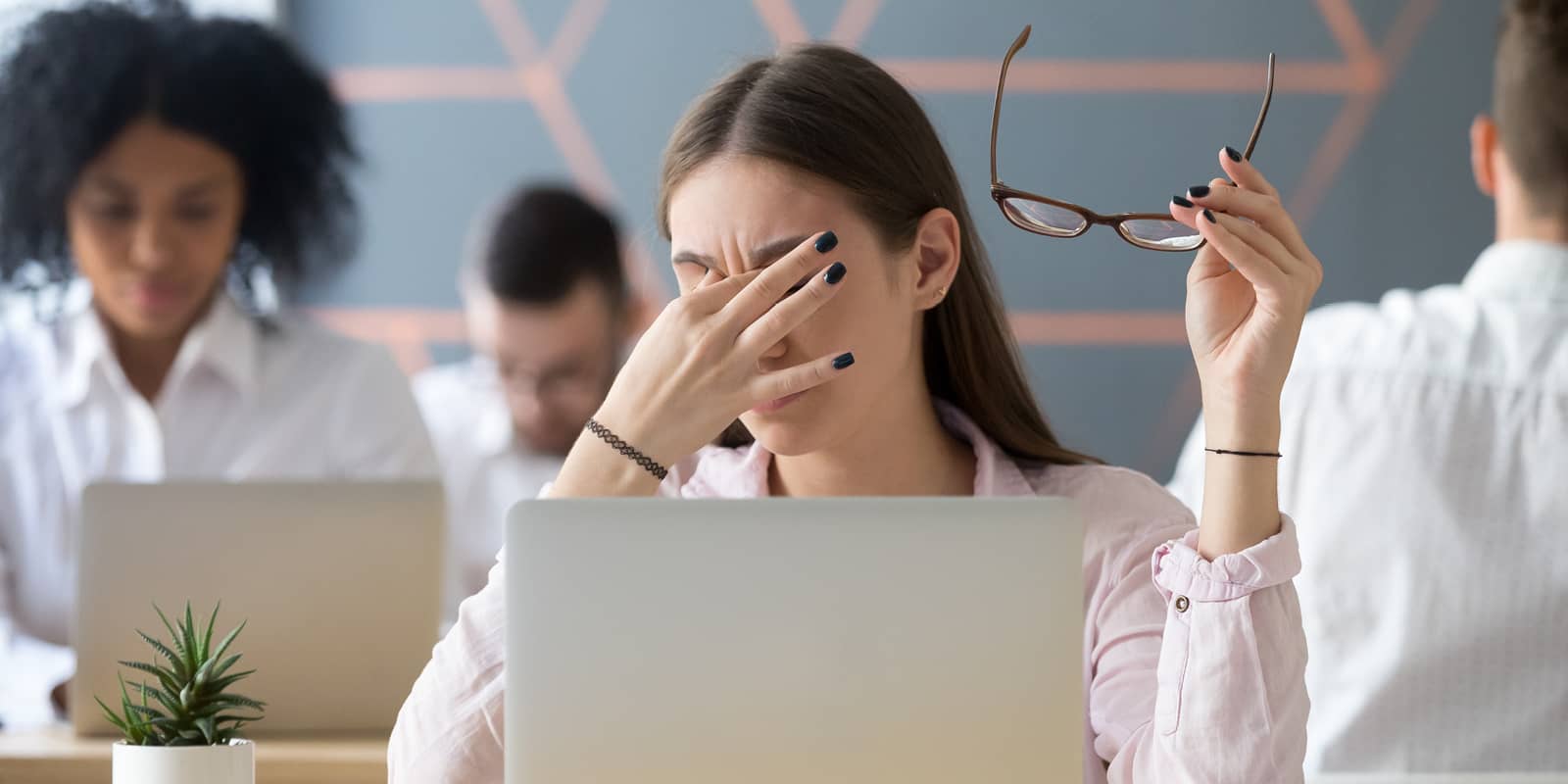Dry eye affects one in five Australians so it is important to be armed with knowledge about this condition.
The common symptoms of dry eye are usually soreness, grittiness, scratchiness, a foreign body sensation, burning and redness. Patients notice these symptoms more when in conditions of high evaporation. For example, in air conditioning, central heating, during airline travel and on windy days. They also complain of intermittent blurring, caused by near tasks such as reading and computer work.
While most dry eye conditions are not vision threatening, it can be a very irritating condition. In many cases, it can affect a person’s quality of life and ability to perform day-to-day tasks. Particularly in the work environment.
Some people are more susceptible. They are older people, women, contact lens wearers and those on medications that alter or reduce tear production, such as blood pressure medications, antidepressants, the contraceptive pill and antihistamines. There is also an association between dry eye and some autoimmune diseases such as rheumatoid arthritis.
Mild dry eye can be managed with lubricating eye drops and modification to the working environment. But chronic or more severe cases may require lid hygiene procedures, ointments, gels and anti-inflammatory eye drops. Or punctual plugs that are inserted into the tear ducts to restrict drainage of tears from the eyes. Some severe cases may require surgery, although this is very rare.
It is important that dry eye is diagnosed and managed properly because it’s a chronic condition and inappropriate treatment will make the problem worse.
Tips for Sufferers:
- Avoid eye drops with preservatives, decongestants and antihistamines (unless prescribed by the optometrist) as these can exacerbate dry eye
- Make sure that you can instill the drops and understand that non-preserved eye drops need to be discarded within 24 hours
- Consult your optometrist so that the dry eye can be diagnosed and an appropriate management plan may be put in place
- Use of humidifiers in the home and workplace may improve comfort
- Modify air-conditioners so that the amount of dry air blowing directly on your face is reduced
- Wear wrap-around sunglasses or side-shields on your glasses to protect your eyes from the drying wind
- Take frequent breaks when working on the computer and try to blink more frequently
- For temporary relief, use cold compresses periodically or bath your eyes with non-preserved saline
At Total Optical, we have invested in diagnostic and treatment equipment in order to be able to properly diagnose the type of dry eye that you may have. And then provide an appropriate treatment other than just eye drops.
Services available include: JENVIS Dry Eye Assessment using a keratograph. Blephasteam treatment using special goggles that create a warm, steamy environment so that the meibomian glands are softened. And Lipiflow for longer lasting treatment using special applicators that heat and massage the eyelids to help restore the Meibomian gland flow.
Please do not hesitate to contact Total Optical to arrange an appointment for a Dry Eye Assessment so that we may help you to have more comfortable eyes.

